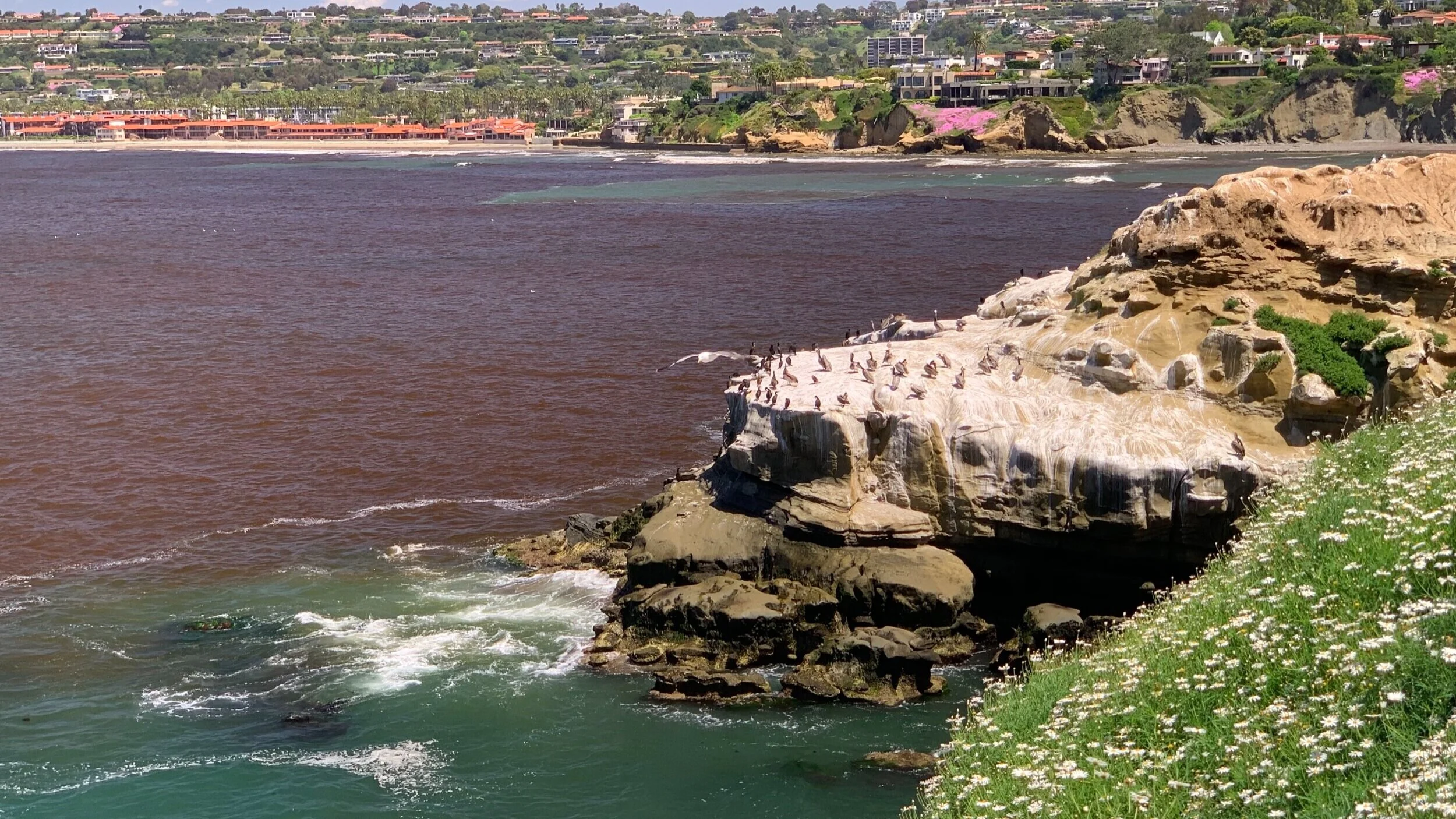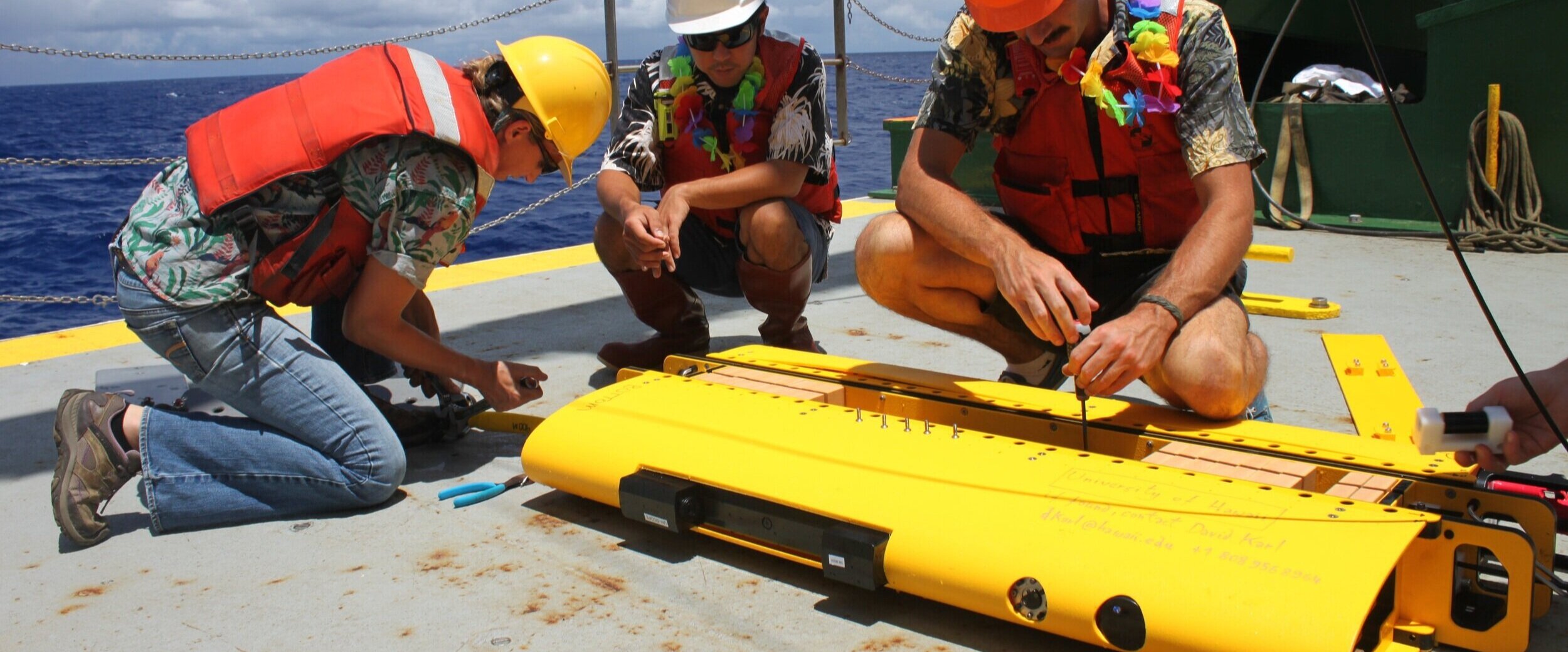STRATIFIED OCEAN DYNAMICS
STRATIFIED OCEAN DYNAMICS
PAYLOAD:
RBRconcerto CTD
Excellent additions might include DO, ChlA, Turbidity, etc.
INSTITUTION:
Scripps Institution of Oceanography, UCSD
DEPLOYMENT LOCATION:
South California Bight, California
SCIENTIFIC SUMMARY:
The upper-ocean stratification has a crucial role in many ocean biogeochemical processes. Light availability and nutrient levels are significant factors in biological productivity. The mixed layer depth regulates the interaction between nutrient supply from the deep to upper oceans and light availability for photosynthesis for those biogeochemical processes. In addition to this, mixed layer deepening and nutrient supply to the euphotic zone are regulated by entrainment processes, which in turn are affected by the density gradient at the base of the mixed layer.
The upper-ocean stratification can also affect ocean ventilation into the ocean interior, with significant consequences for the oceanic uptake of carbon and oxygen.
The Wirewalker produces high-resolution measurements making it the perfect platform to observe the spatial and temporal variability of mixed layer properties and the upper ocean biogeochemical processes.
In this example, a Wirewalker was deployed from the R/P Flip in the Southern California Bight. A total of 1435 profiles, during 13.5 days, allowed capturing the mixing and stratification of the top 93 meters during an intense wind event. In Figure 1, the upper panel shows the wind speed (black) and a scaled (3x) significant wave height (blue) over the deployment. The red line indicates a period of overlapping data with that in the lower panel; the two plots have been vertically aligned in time. The lower panel presents density profiles over the focus period; with the black dots marking the lower extent of the uppermost turbulent patch, indicating the depth of active mixing related to surface forcing. Note the strong seasonal pycnocline near 50m depth.
REFERENCE:
Smith, J. A., 2020: A Comparison of Two Methods Using Thorpe Sorting to Estimate Mixing. J. Atmos. Oceanic Technol., 37, 3–15, https://doi.org/10.1175/JTECH-D-18-0234.1












